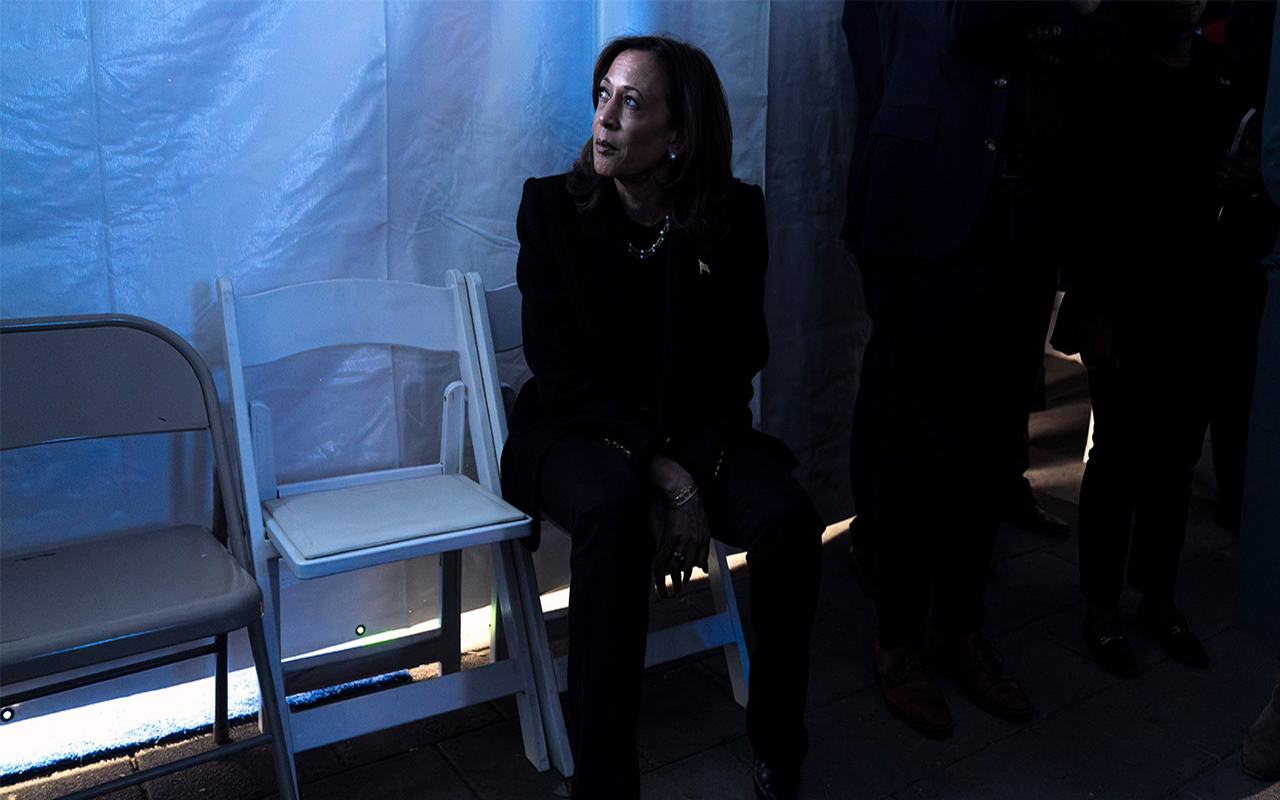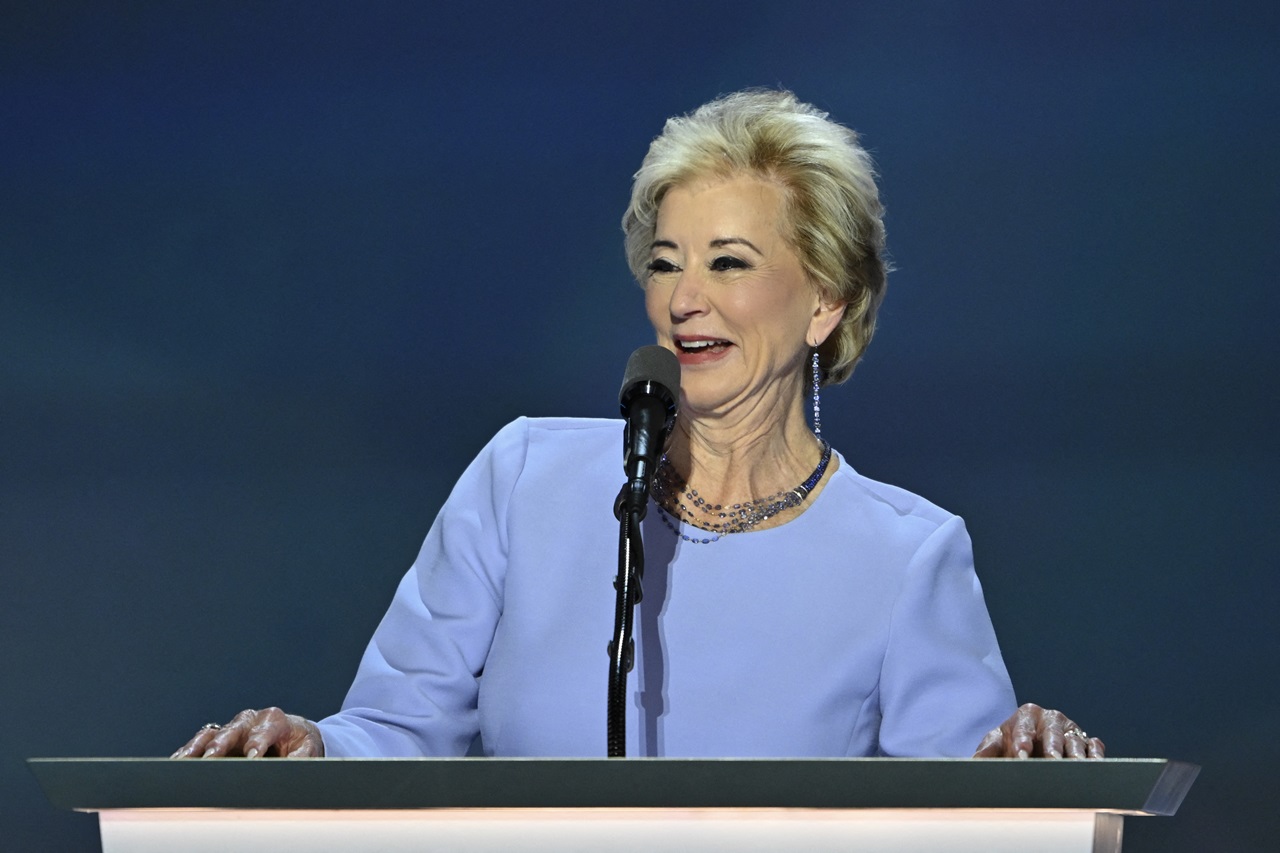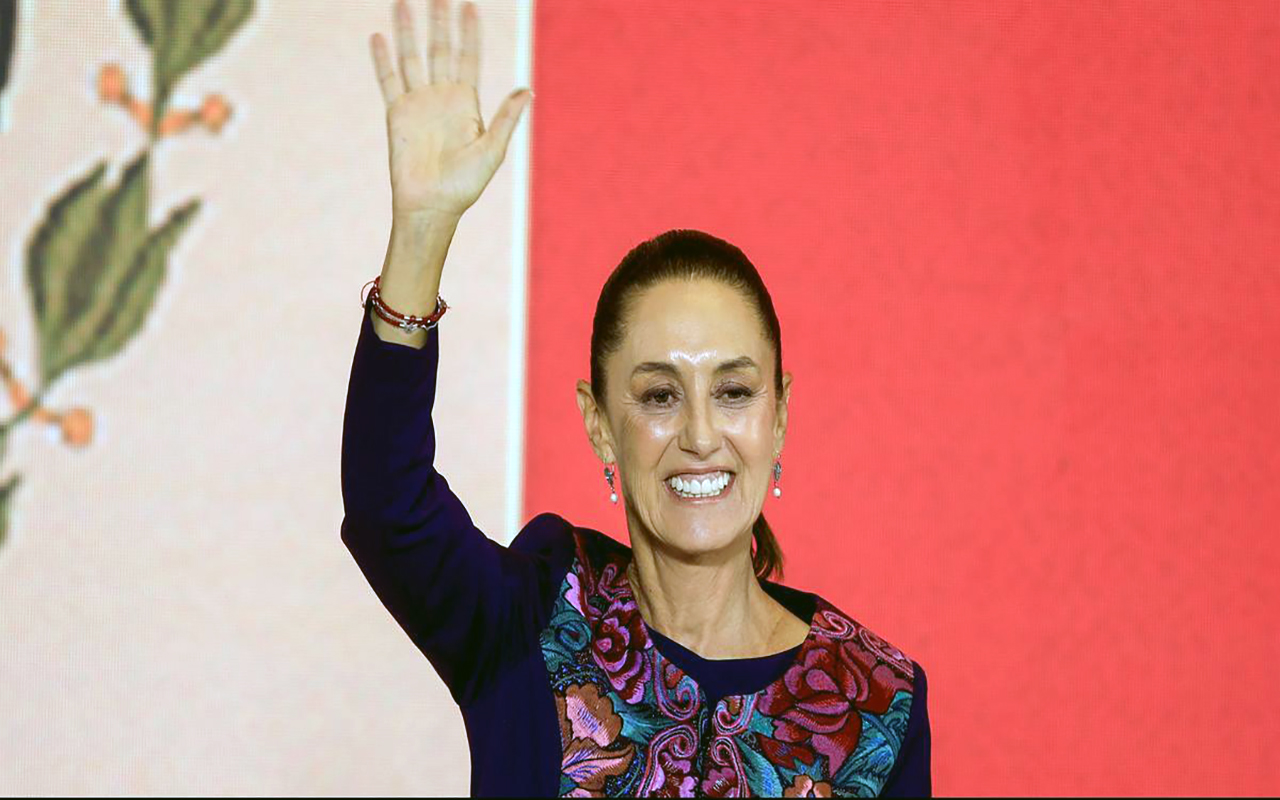
Missed Messages and Lost Ground: The Kamala Harris 2024 Campaign’s Struggles in Battleground States
Kamala Harris’s 2024 campaign failed to resonate in battleground states and with Latino voters, leaving her vulnerable against Republican opposition.
In the 2024 presidential election, Vice President Kamala Harris entered the race with high hopes and the advantage of incumbency. However, as results trickled in from key battleground states, it became clear that her campaign had missed the mark. Despite a strong Democratic base, her message struggled to resonate with moderate and undecided voters, and she failed to capture the crucial Latino vote that had been pivotal for Democratic victories in recent years. Analysts and political strategists now examine what went wrong, drawing comparisons to President Joe Biden’s successful 2020 campaign to understand where Harris’s messaging and strategy fell short.
A Message That Failed to Resonate in Battleground States
Harris’s campaign began with strong promises on economic justice, climate action, healthcare reform, and social equality. These were central issues for the Democratic base but didn’t have the same appeal in battleground states, where voters were largely concerned about inflation, crime, and economic stability. Many voters felt that Harris’s campaign focused heavily on progressive social issues while failing to address the everyday struggles and insecurities that voters in these regions were facing.
In Pennsylvania, Wisconsin, and Michigan, traditional Democratic strongholds among working-class voters appeared disenchanted. Surveys conducted in the lead-up to the election showed that Harris struggled to connect with blue-collar communities, who felt that her platform was out of touch with the realities of their lives. Biden, in contrast, had successfully framed his campaign around “Scranton Joe,” emphasizing his working-class roots and making frequent stops in factory towns and rural areas to assure voters he understood their concerns.
Furthermore, Harris’s team struggled to identify a clear economic message that resonated with undecided voters. In contrast to Biden’s “Build Back Better” slogan, which emphasized a broad economic recovery after the pandemic, Harris’s message lacked cohesion and clarity. While her stance on climate change and social issues was popular among younger, progressive voters, her campaign was unable to articulate how these priorities would directly benefit workers and families in swing states.
Complications in Messaging and Voter Engagement
Part of Harris’s struggle can be attributed to the nature of her public image, which had been heavily scrutinized since she assumed the role of vice president. Where Biden’s experience allowed him to connect as a moderate figure in the 2020 election, Harris was often framed by her opponents as a progressive radical, a narrative that her campaign struggled to counter effectively. The result was a perception gap, with many centrist voters wary of her policies despite her consistent attempts to frame them within a moderate context.
Additionally, the Harris campaign relied heavily on digital outreach and media strategies, investing less in traditional, on-the-ground campaigning than Biden’s 2020 campaign. While Harris held events and rallies, there was a notable lack of door-to-door canvassing and face-to-face outreach that had helped Biden secure key swing states. For many voters in battleground states, her presence felt distant, with campaign stops seen as surface-level engagements rather than genuine efforts to understand and address their concerns.
The Latino Vote: A Missed Opportunity
Harris’s struggle to secure the Latino vote became one of the most surprising aspects of the election. Despite efforts to engage with Latino voters through community events and Spanish-language outreach, her message didn’t resonate as it had in 2020 for Biden. Latino voters are not a monolithic group, with concerns varying widely based on region, cultural background, and socioeconomic status. The Harris campaign underestimated the complexity of these communities and relied heavily on generalized messaging that failed to address the specific concerns of different Latino subgroups.
In states like Arizona, Florida, and Nevada, where the Latino vote played a decisive role in Biden’s victory in 2020, Harris struggled to make the same connections. Biden had emphasized economic stability and healthcare access, two issues central to many Latino communities in these states, and managed to build a strong sense of trust. Harris, however, focused more broadly on immigration reform and social justice, which, while important, didn’t address more immediate economic and social concerns within these communities. As a result, many Latino voters either opted for Republican candidates or simply stayed home on election day, a setback that ultimately cost her significant support in these regions.
RELATED CONTENT
Harris vs. Biden: Differences in Campaign Strategy
Comparing Harris’s 2024 campaign to Biden’s 2020 campaign reveals several strategic and stylistic differences that may have impacted the outcome. Biden’s campaign was built around a theme of stability and unity. Following a divisive Trump presidency, Biden’s message of “restoring the soul of America” resonated widely with voters tired of partisan conflict. Harris, on the other hand, faced the challenge of running as an incumbent against a resurgent Republican Party with a strong conservative agenda, making her messaging more reactive and defensive.
Another key difference was in grassroots engagement. Biden’s 2020 campaign successfully mobilized volunteers for traditional canvassing efforts and community engagement, activities that fostered connections with undecided and disillusioned voters. Harris’s campaign, by contrast, leaned more into digital organizing, which, while useful for younger and urban demographics, did not reach older or rural voters as effectively.
Moreover, Biden’s team adeptly used his background and image as a seasoned politician with working-class roots to gain credibility among voters skeptical of progressive agendas. Harris’s messaging emphasized her historic role as the first female vice president, an inspiring narrative, but one that some analysts believe may not have resonated as deeply with middle-American voters more concerned with immediate economic issues.
Lessons for Future Campaigns
Harris’s 2024 campaign will undoubtedly serve as a case study in the importance of localized messaging, economic policy, and voter outreach. The lessons from her loss underscore the challenges that progressive Democrats may face in future national elections, particularly in engaging rural, working-class, and Latino voters with nuanced, community-focused messaging.
The campaign also highlighted the need for Democrats to maintain a balance between progressive ideals and economic pragmatism, especially in battleground states where even moderate voters can swing the results. While issues of social justice and climate change remain central to the party’s platform, the Harris campaign’s struggles indicate a need for more granular, voter-centric approaches that address bread-and-butter issues like inflation, healthcare costs, and public safety.
In the end, the Harris campaign’s focus on broad, national issues without a tailored, state-specific strategy contributed significantly to its struggles. Where Biden’s 2020 campaign thrived on in-person engagement, economic messaging, and a strong sense of empathy, Harris’s campaign felt more impersonal and generalized. Her defeat in the 2024 election has left Democrats reconsidering how to bridge the growing divide between the party’s progressive base and the working-class and moderate voters crucial to winning key states.
As Democrats analyze the results of the 2024 election, one question remains: how can they refine their message to reflect the priorities of everyday Americans while advancing their vision for the future? The answer will likely shape the party’s approach in 2028 and beyond, with Harris’s campaign serving as a pivotal learning moment in the ever-evolving landscape of American politics.











LEAVE A COMMENT: